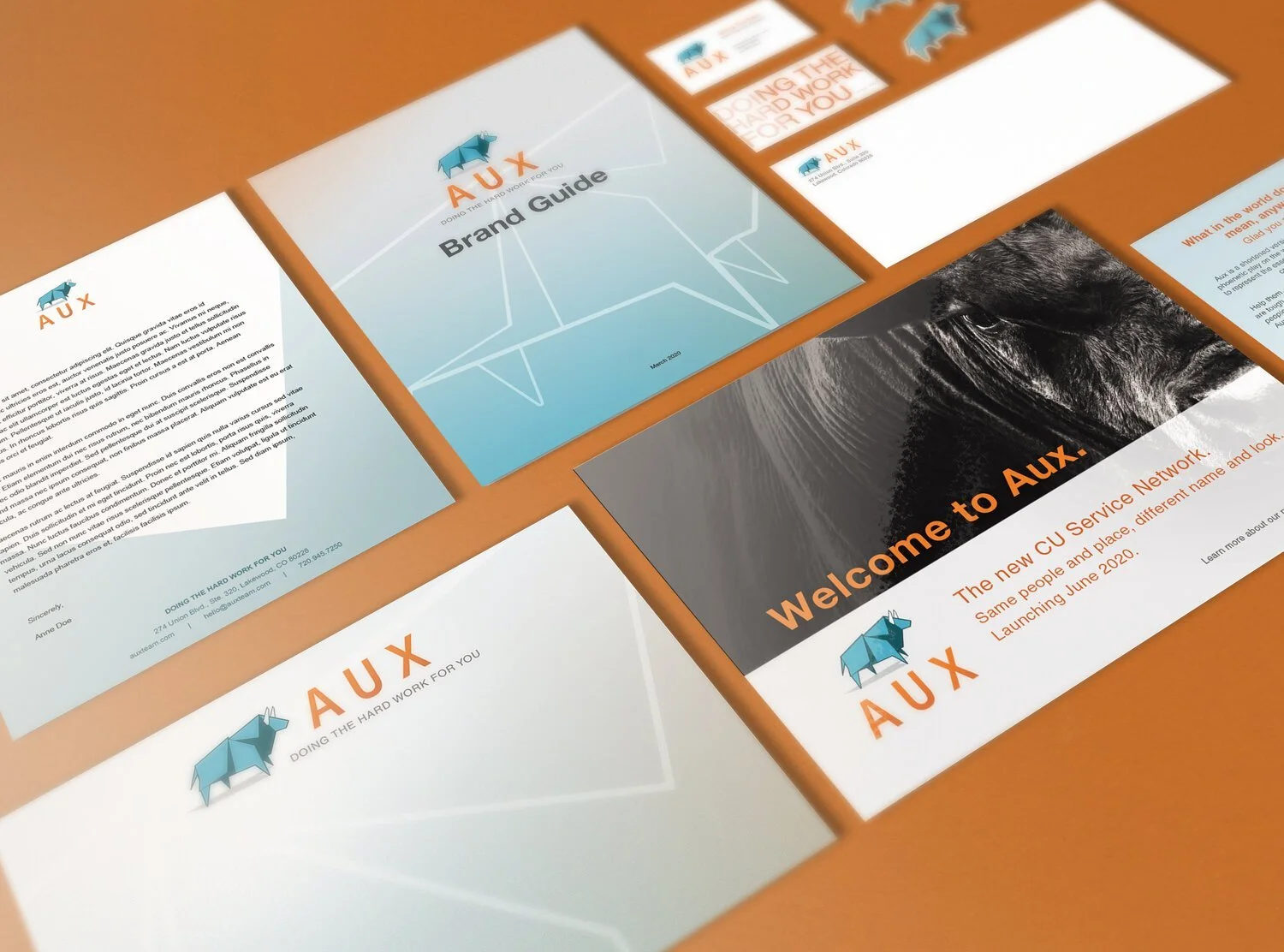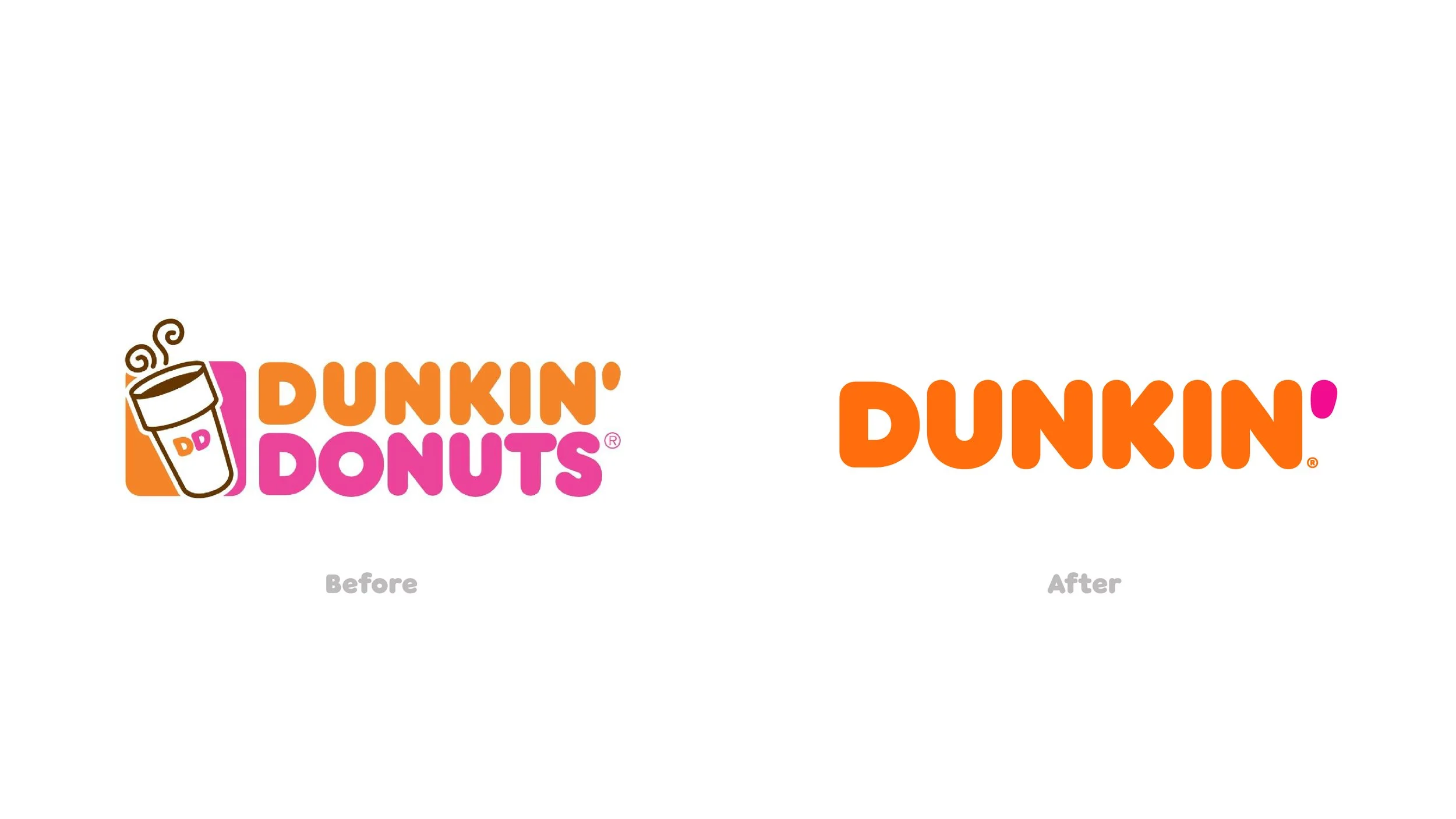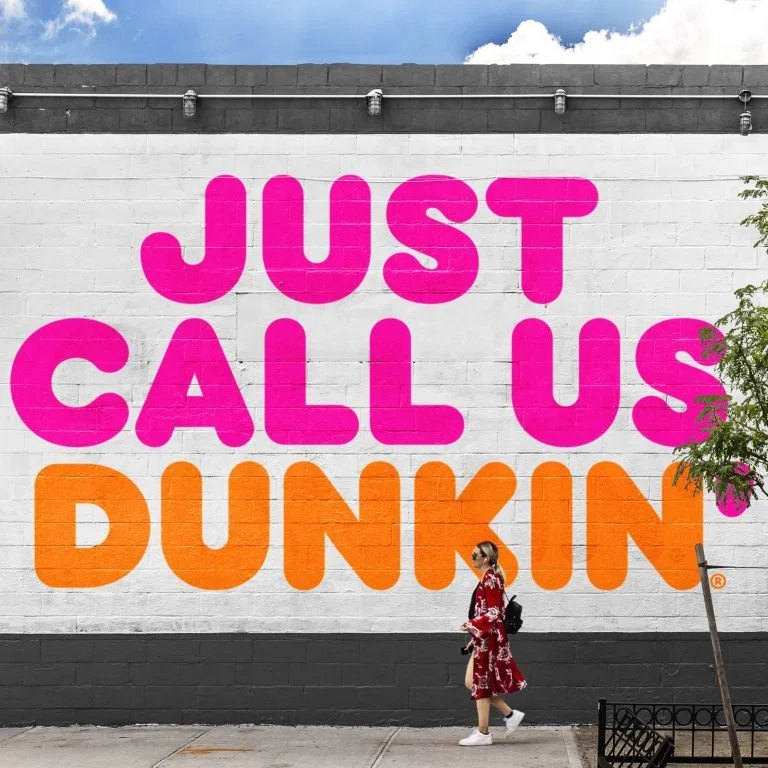How to Know When It’s Time to Rebrand Your Company Pt 1
What to Do When Your Brand No Longer Represents the Products and Services You Offer
By Alicia Disantis, Owner and Chief Brand Strategist
“Rebranding” is a trending topic, ranking high in Google search queries and buzzed about all over social media. Fueled in some part by big-name rebrands, like the controversial Jaguar rebrand of 2024, company branding is now a common table topic among marketers and non-marketers alike.
What’s more, the average consumer is much savvier in recognizing a sophisticated brand identity due to the wealth of design tools they are exposed to. Think Canva, Instagram, photo editing tools, and AI generated designs. Google reports show that consumers now generate an opinion of your company’s website in less than 50 milliseconds. And your website is the digital representation of your brand.
The 5 Signs of an Outdated Brand
An increasing number of business leaders are seeing value in investing in high quality brand identities, like logos, company and product names, taglines, and brand kits, during this “brand enlightenment” era. This combination of exceptional branding – even among small companies - and consumer awareness has forced many decision makers to take a hard look at their brands, as sub-par brand design is becoming more obvious.
But how do you know when it’s time to rebrand your company? In this article, we’ll examine the key questions to ask yourself to determine if it’s time to rebrand your company.
Ask yourself:
Is my organization’s brand still relevant to what we do and where we operate?
Does my logo include dated aesthetics?
Is my website older than 7 years?
Do I find that I am explaining what my company does often?
Does my company get confused for another?
In part one of our rebranding series, we are going to discuss question #1: why rebranding is critical if your organization now offers different products and services or if it serves an expanded or different location. Either of these situations can render your current brand irrelevant. But don’t despair, this series will help coach and guide you towards a successful rebranding strategy.
Why Your Brand Should Reflect Your Current Products or Services
Organizations evolve over time, changing their products and services for a wide variety of economical and social reasons. Perhaps a product or service is obsolete or no longer profitable, and has been sunset. Maybe you have merged with another organization and expanded your product line. Maybe you’ve expanded into new regions.
If your company’s brand – which includes your name, tagline, logo, visuals, and website (among many other components), no longer represents what you do, it will injure your brand reputation and cause market confusion. Take a step back and analyze your brand with a SWOT analysis or quadrant chart to see where your current brand falls represents your products and services lines.
Over the course of my tenure at Aux, a fintech and consulting organization, the company went through immense changes. The single product that had been the bread and butter of the organization for 25 years - shared branding - which is a national network of credit unions who share their locations and services, was now one of several services in a growing consulting suite of services, partnerships, and acquisitions. With shared branching in decline, the consulting services, accounting, compliance, HR, and IT, were being promoted heavily.
However, their growth was impeded by the company’s original shared branching brand, called CU Service Network, which only made sense for the legacy shared branching product. There was constant confusion over what we did, who we helped, and what regions we served.
In 2020, it was finally approved by the leadership team to rebrand CU Service Network to Aux, a more abstract brand that represented the flexibility, compatibility, and adaptability of their consulting services.
The rebranding of CU Service Network to Aux is a great example of the importance of your brand representing the products and services you offer. Read the full case study here.
The Benefits of Updating Certain Parts of Your Brand Identity
You may be asking, “What if certain parts of my brand still make sense?” or “What should I do if my company has strong brand recognition with an outdated part of my brand?” These are great questions indeed. Rebranding to make your company brand more in line with your current products and services is rarely black and white. When faced with a grey area, it’s important to consider what flexibility you have to update your brand but retain certain parts. Break down your brand identity into its main components:
Each word within the company name
Each word within the company tagline
Each symbol within your logo mark
Your color palette and other visual hallmarks
What components can you keep to retain your company’s brand recognition? What pieces make you unique? What can be altered? What can be tossed completely?
Examples of Partial Company Rebrands
A great example of a modern brand refresh that capitalized on certain aspects of its brand is Dunkin’. Formerly Dunkin’ Donuts, they now offer an array of breakfast items, coffee, and more. Rebranded in early 2019, Dunkin’s rebrand is widely considered a success story among modern branding. They retained the unique word “Dunkin’”, but scraped “Donuts,” and the coffee icon, and kept their recognizable color palette and font.
Another example of a food chain retaining its key brand name word is Dominos, which removed “Pizza” from its name in 2012. Throughout its lifetime, it has kept the domino logo mark.
The United/Continental Airlines merger is an interesting example as well, as Continental’s logo mark was kept and combined with the company name United.
Consider whether certain words in your brand can be kept, while other outdated product or service descriptors can be removed. Weigh the pros and cons of each piece of your brand identity.
Rebranding Because Your Company’s Location Has Changed
Another reason why you should rebrand is if your organization’s location or service area has changed. Working in the financial services industry, I see this situation often among regional banks and credit unions who have changed their field of membership. Antiquated names that are tied to a specific industry, region, or community can be severely damaging to brand awareness and growth.
A recent example of this strategy is Merrimack Valley Credit Union’s upcoming rebrand to BrightBridge Credit Union. They now serve a much larger area than Merrimack Valley, NH, and it was the obvious choice to rebrand.
In our next article, we’ll discuss when to rebrand if your company’s visuals are outdated, like your logo or colors. We hope you learned about the strategy behind rebranding due to a product, service, or location change, and examples to guide you in right direction.








![[Video] The Importance of Personal Branding and Style](https://images.squarespace-cdn.com/content/v1/520554d2e4b004c7f36bec69/1763501803563-Z9ETS8FKI0MHAGDHVIQS/personal+branding.jpg)

